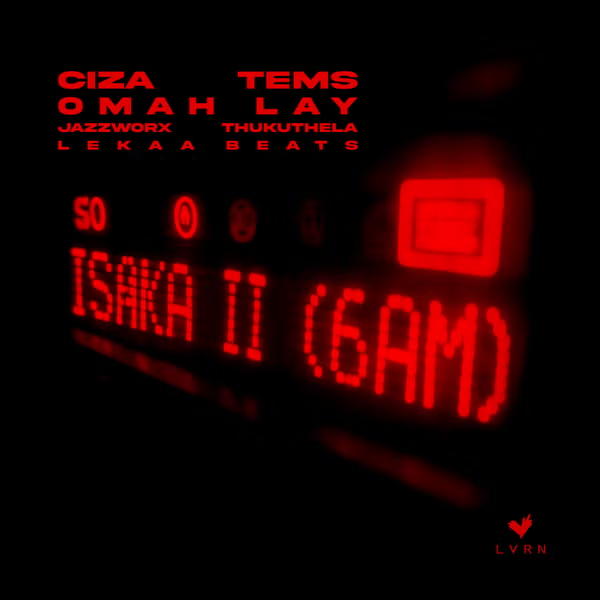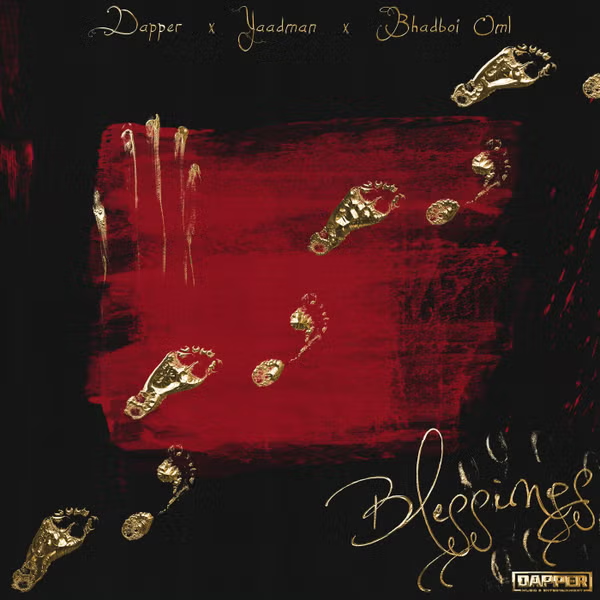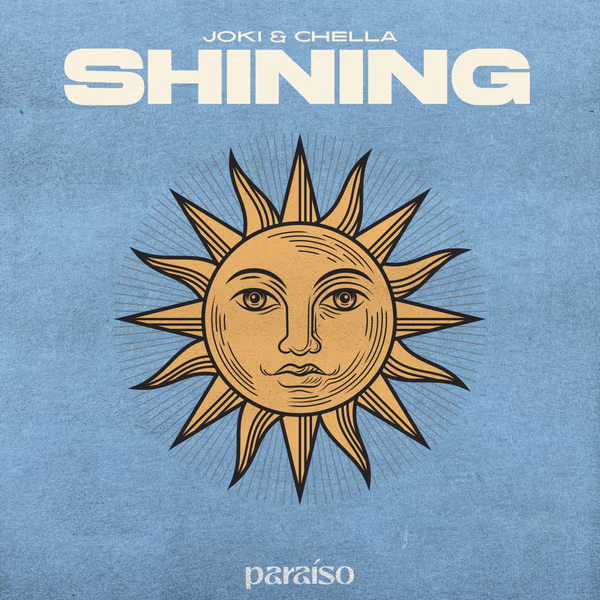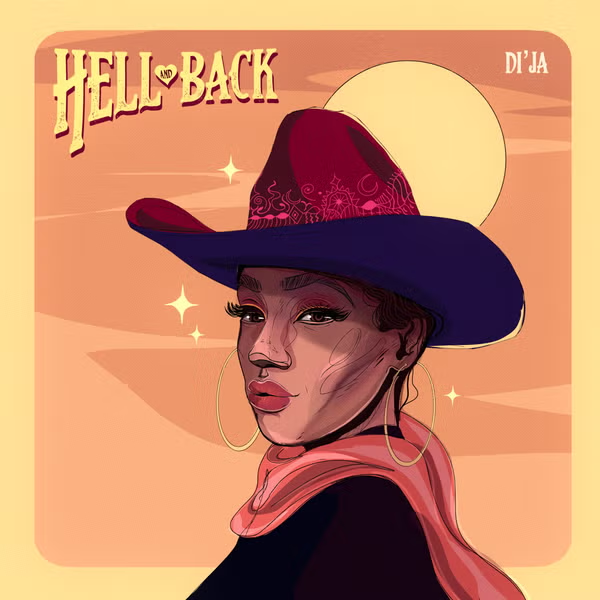It doesn’t get comfier than a pair of baggy trousers – especially if you’re travelling around in hot weather. This is what makes the traditional Turkish Salvar the perfect pair of backpacker’s pants. These trousers were ejected from society during Mustafa Kemal Atatürk’s political and social reforms but they soon made a fashion comeback and are now worn by the more traditional men and women in many areas of Turkey as well as being sold to tourists in resort gift shops. Unlike other popular pieces of traditional dress from other parts of the world, the Salvar trousers are not indicative of class, political stance or social status, so anyone from any walk of life can wear the traditional Salvar with pride.
Turkish şalvar, Turkish trousers or dimije are traditional baggy trousers gathered in tightly at the ankle. Men may wear the traditional loose coat, called a jubba, over the şalvar. Mustafa Kemal Atatürk changed the dress code in Turkey in the 1920s as part of his reforms. However, men and women still wear the şalvar in many areas of Turkey, indifferent to social status.
Similar pants in other cultures include the tshalvar, schalwar, salwar kameez, kaccha, patiala salwar, shintijan, sirwal, sharovary, aladdin pants, balloon pants, drop crotch pants, pantaloons, zouave, pluderhose and pumphose.
The traditional clothing for women of Turkey includes the şalvar which is usually worn with upper garments of varying styles and lengths. The traditional şalvar suits are a part of Turkey’s culture back to the Ottoman era. The şalvars are of varying degrees of bagginess and are gathered at the ankle. Bright colours and flowered prints are favoured by rural women. The total female ensemble includes the gömlek (chemise), şalvar and entari (robe).
The traditional male dress includes the şalvar, yelek (vest) and cebken (jacket). The men’s salvar is popular in eastern Turkey, especially in the districts of Cilicia, Urfa and Diyarbakir.
The earliest sources found in the history of Turkish clothing date back to the miniatures and wall pictures uncovered in Central Asia. Sources of 100 B.C. reveal that woolen and cotton fabric was woven on handlooms but silk came from China.
The Turkish way of living at that time brought about functional clothing styles. As the horse was the common and inevitable form of transport in the daily routine, women’s and men’s wear resembled each other (unis£x).
Leather and felt materials had priority due to natural and social conditions. In addition to these materials; shipskin, fur and woolen materials were major constituents in clothes of that period.
Sources indicate that central Asian Turks used to wear leather boots, mintan shirt, a short caftan used with a belt and a kind of riding trousers loose at the top narrowing downwards suitable for horse riding. Caftan and boots also gained significance as a sign of status.
Bashlyks, head coverings, as in clothes, were made of fur or sheepskin with the purpose of protection from the cold. Bashlyks were also observed to be symbols of status.
Emigration from Asia to Anatolia caused many cultures to integrate. This was reflected on clothes, symbols and motifs of the 24 Gagauz tribes which formed a united culture of their own.
In the following years Kırkhiz, Özbek, Uygur, Azerbaijan, Tartar tribes coming to Anatolia were also affected by each other.
Samples of woven material, carpet and clothes belonging to the “Seljuk” and “Principality” periods are exhibited in museums. Clothes of the Seljuks were produced from materials such as wool, felt, camel’s hair, fur, cotton and silk. The varied climate conditions in Anatolia required clothes to be used in all conditions. Cold climate areas broght in the use of fur linings.
Clothes of this period display pre-Anatolian influences. The principal material was composed of works of the highly developed art of weaving. Materials forming bashlyks and clothes eventually gained variations.
In the Ottoman period, as the borders of the empire expanded, new relations were set up, cultures and their clothing traditions reached a static state. Istanbul, Bursa, Bilecik, Denizli, Ankara, Konya, Trabzon, Rize Kastamonu, Gürün were districts well specialized in weaving.
Knowledge of this period is obtained from museums, travel descriptions, pictures and miniatures.
The socio-economic differences between the administrators and the common people also affected the clothing styles.
While the Palace and its court displayed showy clothes, the common people were only concerned with covering themselves. The administrators occasionally brought about legal regulations on clothes. These applications were first initiated during the period of Süleyman the Magnificent.
In this period men wore outer items such as ‘mintan’, ‘zıbın’, ‘şalvar’, ‘kuşak’, ‘potur’, ‘entari’; ‘kalpak’, ‘sarık’ on the head; ‘çarık’, ‘çizme’, ‘çedik’, ‘yemeni’ on the feet.
The administrators and the wealthy wore caftans with fur lining and embroidery, where as the middle class wore ‘cübbe’, ‘hırka’ and the poor wore collarless ‘cepken’ or ‘yelek’ (vest).
Bashlyks were the most prominent accessories of social statues. While the people wore “külah’s” covered with ‘abani’ or ‘yemeni’, the cream of the society wore bashlyks such as ‘yusufi, örfi, katibi, kavaze’, etc. During the rule of Süleyman a bashlyk called ‘perişani’ was populer as the Palace people valued bashlyks adorned with precious stones.
‘Kavuk’, however, was the most common type of bashlyk. For this reason, a related tradesmenship was formed in the XVII. century. Fur was a material of prestige in that period.
The clothing of Muslims, Christians, Jewish communities, clergy, tradesmen state and military officials were strictly regulated during the reign ofSüleyman the Magnificent.
Political crises of the XVII. century were reflected as chaos in clothes.
The excessively luxurious compulsion of consumption and show off in the “Period of Tulips” lasted till the XIX. century.
The modernization attempts of Mahmut II in 1825 first had its effects in the state sector. While ‘sarık’ was replaced by ‘fes’, the people employed in Bab-ı Ali began to wear trousers, ‘setre’ and ‘potin’.
During the ‘Tanzimat’ and ‘Meşrutiyet’ period in the XIX. century, the common people still keeping to their traditional clothing styles presented a great contrast with the administrators and the wealthy wearing ‘redingot’, jacket, waistcoat, boyunbağı (tie), ‘mintan’, sharp-pointed and high-heeled shoes.
Women’s clothes of the Ottoman period were observed in the ‘mansions’ and Palace courts.
In the XVI. century women wore two-layer long ‘entari’; and ‘tül’, velvet shawl on their heads. Their outdoor clothing consisted of ‘ferace’ and ‘yeldirme’. The simplification in the XVII. century was apparent in an inner ‘entari’ worn under short-sleeved, caftan-shaped outfit. The matching accessory was a belt.
Women’s wear heading for remarkable show-off brought about adorned hair buns and tailorship in its real sense began in this period.
The sense of women’s wear in primarily began in large residential centers such as Istanbul and Izmir in the XIX. century and as women gradually began to participate in the social life, along with the westernization movement.
‘Pera’ became the center of fashion and the Paris fashion was followed by the tailors of Greek and Armenian origin.
In the period of Abdülhamit II. the use of ‘ferace’ was replaced by ‘çarşaf’ of different styles. However, the rural sector continued its traditional style of clothing. The clothing styles preveiling until the mid XIX. century imposed by religious reasons entered a transformation phase of the Republican period.
In this period the ‘şapka’ and the following ‘kılık kıyafet’ reform realized with the leadership of Mustafa Kemal Atatürk in Kastamonu in 1925 had a full impact in Istanbul.
Woman’s ‘Çarşaf’ and ‘peçe’ were replaced by coat, scarf and shawl. Men began to wear hats, jackets, shirts, waiscoats, ties, trousers and shoes.
With the industrialization process of the 1960’s women entered the work life and tailors were substituted by readymade clothes industry.
The contemporary fashion concept, as it is in the whole world, is apparent in both social and economic dimensions in Turkey as well.
The concept is conveyed with all its aspects in various educational institutions not only in the field of application but also from the point of design and employees required by the sector are trained.
Designers that have been drawing attention with their universal works; Rıfat Özbek, Cemil İpekçi, Vural Gökçaylı, Yıldırım Mayruk, Sadık Kızılağaç, Hakan Elyaban, Bahar Korçan and many more creative personalities have been contributing original and modern works.
As the developing Turkish economy owes a lot to textile exports, the general framework deserves a historical outlook on the concepts in question.

























